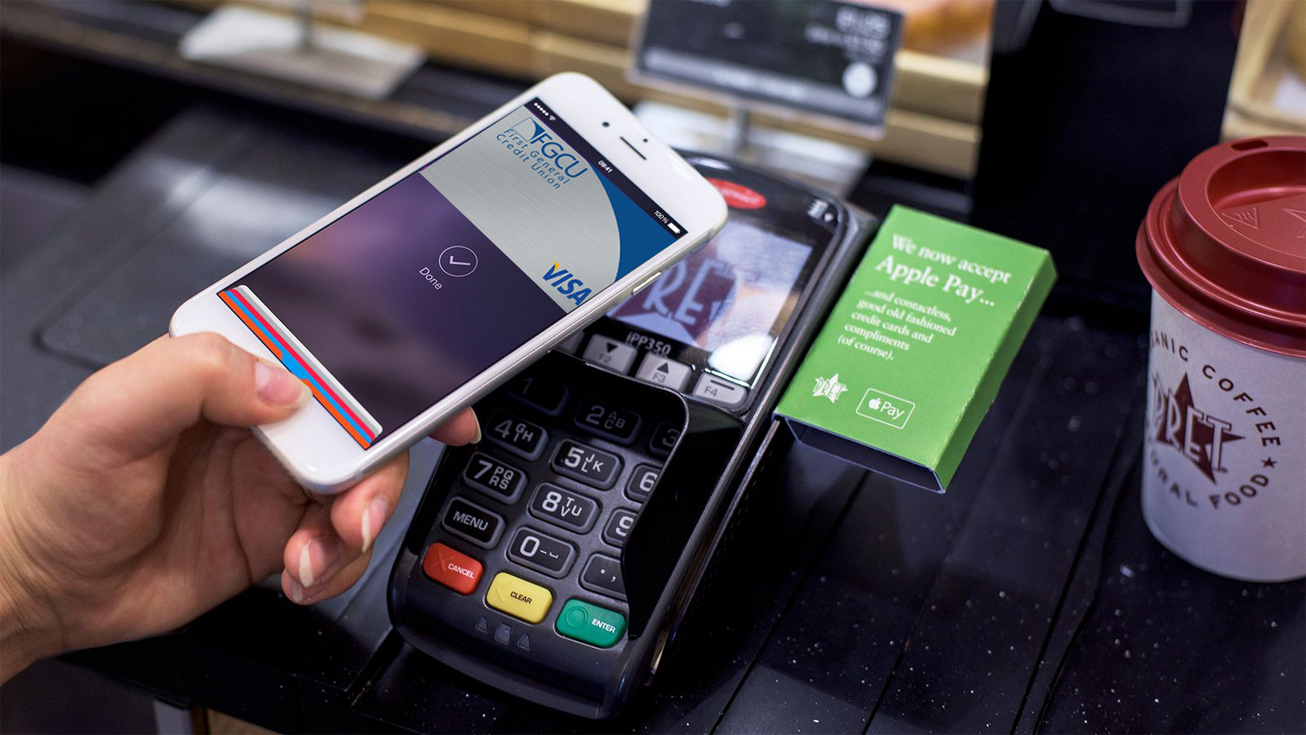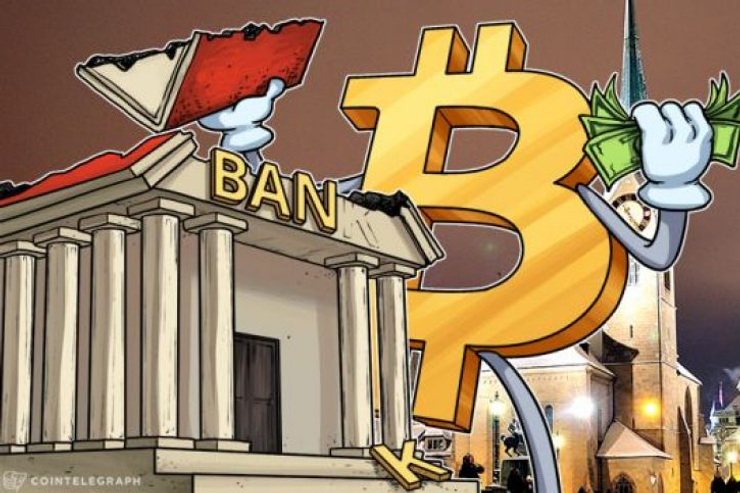Hi, I’m Adil Wali. I became a Microsoft certified professional at age 14 and started my first web development company. That led to a career as a serial entrepreneur, advisor, and startup investor. I got my first “real job” at 33, and I’m now a FinTech executive with a passion for the markets.

The design of experiences is sometimes a mystical field of work. There are so many acronyms for similar or overlapping types of work that may affect the user experience: IXD, UXD, IX, IA, IAD, UX, UXR, VD, etc.
No matter what your title happens to be, you are likely to be spending a significant part of your day thinking about how to design experiences that make sense and make people happy.
Recently, I came across a great post over at UIE that covers the difference between designing for experiences and designing for activities…
Designing for activities
User experience has traditionally focused on discrete activities or specific tasks. You can see this quite readily in most websites, including e-commerce sites. The design focuses on the user’s activities while performing tasks: searching for a product, adding it to a shopping cart, going through the checkout process, etc. At many sites, the steps in the process pretty much mimic going to the store without the need to physically go there and walk down the aisles.
Designing for experiences
The goal of designing for experiences is to address the time that happens in between discrete activities. It includes looking for and taking advantage of opportunities to expand the design to fill in the gaps, connecting the activities into a continuous stream for a complete experience.
You may be thinking, “Isn’t that going to cost more?”
Yes, it clearly will. Designing for experiences will mean more research and development time and will require more overall effort. However, designing for experiences should be seen as an investment.
If you can delight users, it’s not hard to imagine they might be willing to pay a premium, increase their frequency of purchases and generate valuable word-of-mouth recommendations to their friends.
The end result and why it’s a good thing
When I compare designing for experiences against designing for activities and why you’d want to cover those gaps, I have to think:
- It’s about finding ways to make the overall user experience delightful, not just ordinary.
- It’s about creating something that is truly exceptional versus something run-of-the-mill.
- It’s about distancing yourself from the competition by creating and experience that really stands out.
It’s also about creating better products and being innovative.
Conclusion
I like the author’s analysis of experiences vs. activities. The idea of ‘experience’ covering the gap between activities is compelling.
In all, I think the topic is more complex than outlined here, however. It’s not just about experiences and activities. In some ways, it’s about passive versus active activities.
When I think about e-commerce, I think about the difference between window shopping and going to pick up milk and eggs from the grocery store. One is much more passive, and the design of the experience ends up having much more impact then.
I’m very curious to hear what others think on the subject!






